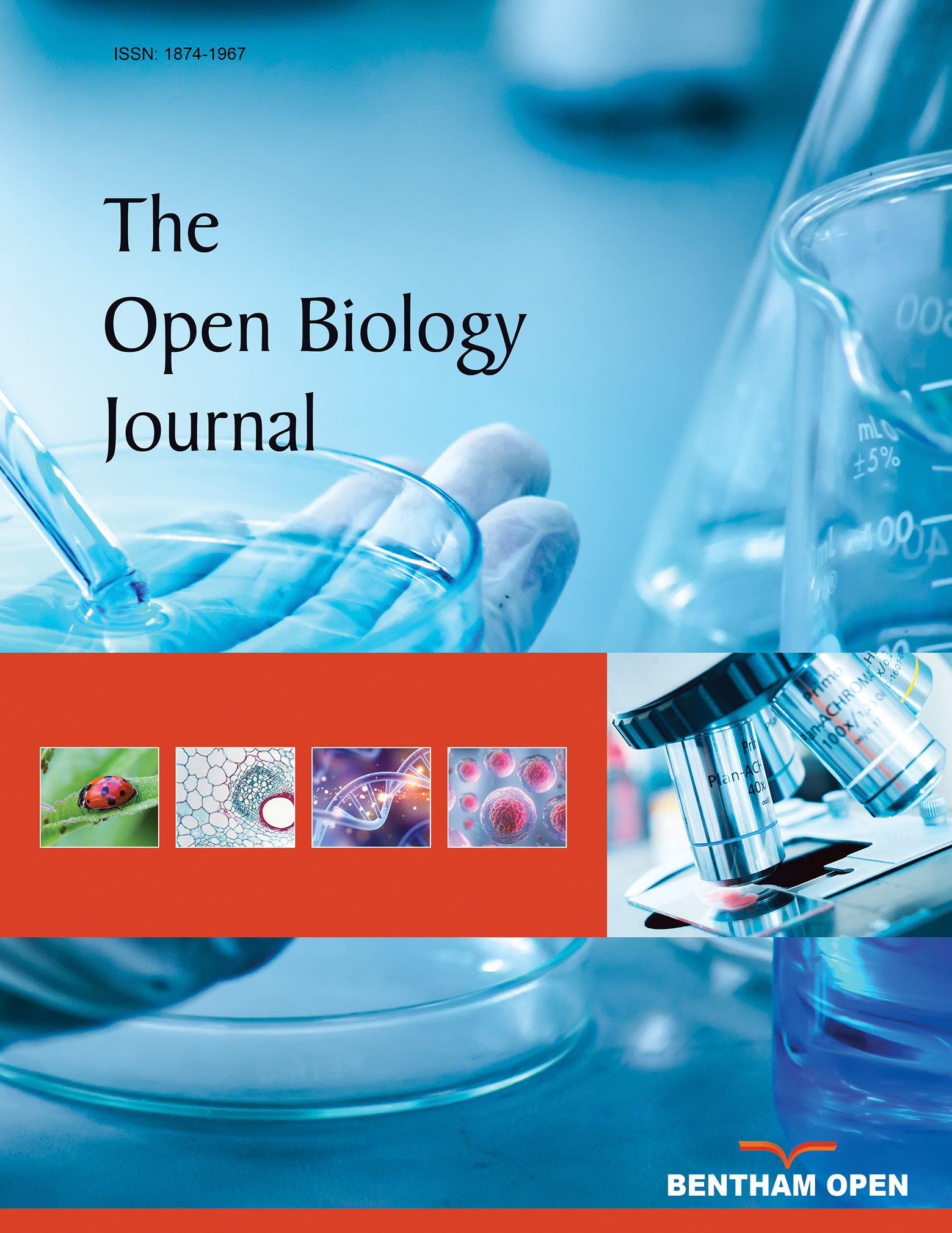All published articles of this journal are available on ScienceDirect.
Salt Modulates Oligomerization Properties of hRad51 and hRad52 Proteins
Abstract
Human Rad52 (hRad52) and Rad51 (hRad51) proteins are important components of homologous recombination machinery involved in DNA double strand break repair. hRad52 subunits oligomerize to form rings, which are further believed to stack one over another giving rise to higher order structures. Such structures bind the ends of duplex DNA to bring about DNA end joining. hRad51 exists in the native state as oligomeric rings and monomerizes to interact with the DNA. In our current study, we report disruption and solubilization of hRad52 aggregates and higher order aggregation of hRad51 molecules at high salt (KCl) concentration. Computational analysis of the crystal structure available for N-terminal 212 amino acids of hRad52 protein reveal a dense unique distribution of salt bridges, not only between adjacent but also between penultimate subunit neighbors which perhaps contribute to stabilization of hRad52 oligomeric rings. Our results suggest that disruption of inter-subunit salt bridges and thereby perturbation of interaction between individual monomers as the underlying mechanism for salt mediated monomerization of hRad52 protein. The crystal structure of Rad51 on the other hand lacks such dense salt-bridge connectivity suggesting that salt-mediated monomerization is a feature of proteins with dense salt-bridge networks. Salt brings together the hydrophobic surface residues of hRad51 in a process termed as “salting out” resulting in aggregation of hRad51 molecules. Given the functional relevance of oligomeric hRad52 and monomeric hRad51 in homologous recombination mediated repair, our findings imply that salt regulates the oligomerization status of these repair proteins, and thereby, their functions respectively.


